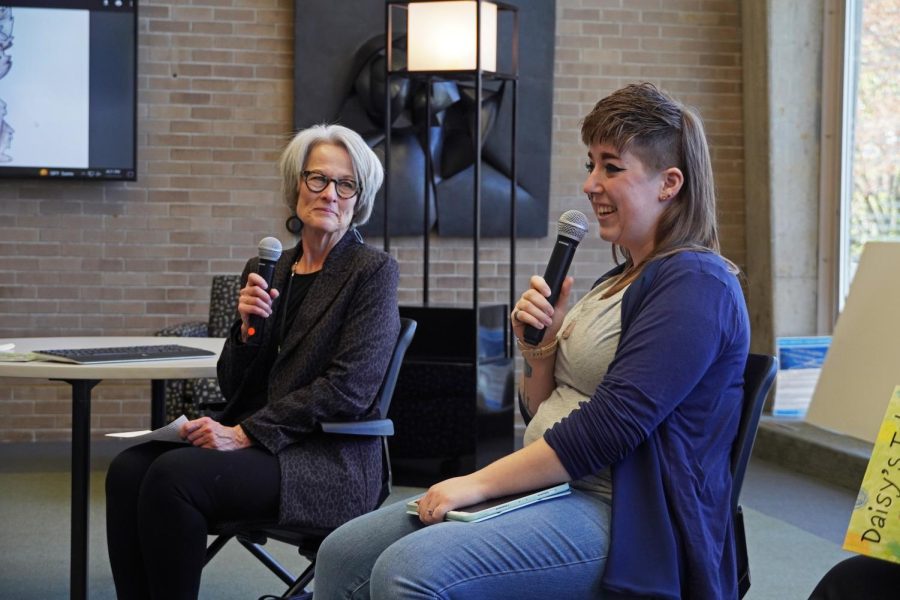It was a single human foot that transformed March 27, 2006 from an average day in the city of Puente Alto, Chile to one that would be remembered, even 15 years later, all throughout the country. The first report of the case came in after a group of children playing in the streets saw a street dog carrying an odd object in its mouth. After further inspection, the kids realized it was a human foot and the authorities were called immediately. The evidence was taken and the community moved on to the rest of their days.
Little did they know that within a day another disembodied part would be found in the form of a human head. There were two 9mm bullet holes, an extirpated nose and a haunting Glasgow smile that characterized the new findings. On March 29, a set of limbs were found in Puente Alto lacking feet or hands, the arms having distinct cuts that signaled the removal of four tattoos. The day after the other foot was found, followed by the final pieces on April 2 and 3, when two women ran into a trash bag with two disembodied hands and another one encountered a torso inside a trash bin.
Within eight days, the police had in their hands a human body to reconstruct and a victim to identify. Some notable aspects were the lack of fingerprints, the removed tattoos (with the exception of a single cupid tattoo on one of the arms), the extraction of the glutes and entrails, and the treatment of the face. Two scars ran from the corners of the mouth to the cheekbones.
Given the vicious conditions under which the body was found, the media soon baptized the victim as “El Descuartizado De Puente Alto” (The Dismembered Body of Puente Alto). Having identified the cause of death as two gunshots to the head, the police still needed to find out who the victim was and who killed and dismembered him. With a complete body, the forensic experts started their attempt at solving the mystery. Through DNA tests it was confirmed that all of the parts belonged to the same body. A picture of the cupid tattoo left on the victim’s arm was sent to penitentiaries around Chile where an inmate recognized the tattoo as his work and gave a name to El Descuartizado De Puente Alto: Hans Hernán Pozo Vergara.
His identity was fully confirmed by reconstructing the fingerprints of the body and ten days after the gruesome discovery, the police confirmed that Hans had been born on July 2, 1985, and was known around as “El Rucio” (a term used to refer to an animal as having light colored fur). The 20-year-old had a single 3-year-old daughter, had been previously in jail for petty theft, was an occasional sex worker, and had a severe drug addiction. The conglomeration of conditions Hans lived under shocked the public, the feeling only amplifying after his family came forth.
At only four years of age, Hans was abandoned by his mother due to being the product of a relationship prior to her current marriage. He spent most of his childhood jumping from one foster home to another and would often be singled out for his fairer complexion, light hair and green eyes (hence the nickname “El Rucio”). Eventually, he was taken in by his uncle Francisco Pozo, however, it did not last long. His time on the streets influenced his eventual drug addiction at 16 that led him to commit small crimes in order to fund his addiction. Soon enough it was too much for his family to deal with and he was out on the streets once more, engaging in criminal activities and sex work to maintain his habits. He once tried to find his mom in 2005 and upon doing so he was chased away with a knife by his stepbrother. Throughout the period where all this information was coming out to the public, a larger conversation about his status as a victim emerged. Being a homeless, convicted, drug addict who was rumored to be homosexual and who worked within the local red-light district, questions about marginalization and the role of the system in the protection of marginalized people emerged.
As the investigation progressed a major suspect appeared, someone by the last name of Martinez. Authorities had come to the conclusion that the killer had refrigerated the body parts before delivering them around the city, and given the size of the body, this must have been done with an industrial freezer. Not only this but the bags in which the body parts were found seemed to be of an industrial rather than personal level. With these clues, the police looked into Jorge Iván Martínez Arévalo, a municipal official and owner of an ice cream shop. It came out that Martínez had had relations with Hans. When the police went to question Martínez, a shot was heard inside the ice cream shop. The cops claimed that Martínez shot himself, yet his family is convinced that he was shot by an officer. With this, the main suspect was gone and unable to defend himself or confess.
After Martínez’s death, a letter was found in his personal belongings that explained how Hans had been extorting him because he believed he was his biological father. The letter confessed that in fear of his family learning about this, he contracted two unnamed officers to get rid of Hans. As the letter ended, he finally explained that he was being extorted by the killers and hence he had decided to end his own life. Although the veracity of the statement was never fully confirmed, traces of blood were found in the ice cream shop, leading cops to believe that this was the crime scene. Martínez’s family claimed that they were being set up by the police to cover a murder they committed, however in court, it was determined that the recently deceased Martínez was in fact guilty of Hans Pozo’s murder.
To this day, no one can actually confirm what happened. Whether Martínez acted alone or with help of his family or the cops, whether Hans’ extortion was true and even if the motivations outlined in the letter were the actual motivations remains unsure. The one thing that the nation of Chile has agreed upon is that if nothing else, the case of Hans Pozo goes to show the harmful effects of marginalization and the failures of the system as a whole. We may never know what actually happened to El Rucio, but we know that it was the constant failure of a system meant to protect lives like his that led him to his violent demise.
Sources
- https://www.24horas.cl/nacional/a-15-anos-del-caso-hans-pozo-se-conocen-detalles-ineditos-de-como-se-resolvio-el-crimen-que-impacto-a-chile-4691115
- https://www.youtube.com/watch?v=8IWRdNSB5j8&ab_channel=24horas.cl
- https://www.biobiochile.cl/noticias/nacional/chile/2021/06/29/movilh-incluye-asesinato-y-descuartizamiento-de-hans-pozo-en-listado-de-crimenes-homofobos.shtml
- http://repositorio.uchile.cl/handle/2250/144988
- https://artsandculture.google.com/entity/g113qbv5k9?hl=es
- https://www.youtube.com/watch?v=jeweeHifmLo
- https://www.youtube.com/watch?v=Mwqh2WZPriw&ab_channel=Chilevisi%C3%B3n






























































